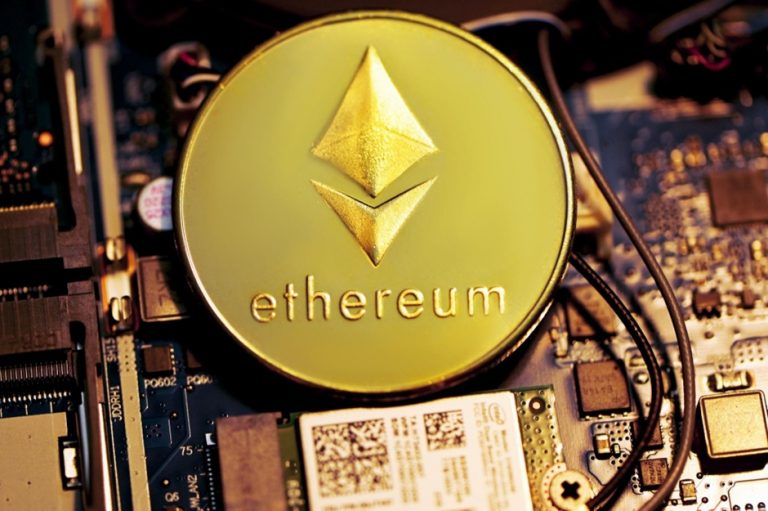
The prediction of $10 billion in net Ethereum ETF inflows for the second half of 2025 was made by Bitwise Chief Investment Officer (CIO) Matt Hougan, not the CEO, Hunter Horsley. Hougan’s forecast is based on growing institutional interest, Ethereum’s role in tokenized assets like stablecoins and equities, and recent ETF momentum, with $1.17 billion in inflows recorded in June 2025 alone. He argues that Ethereum’s blockchain utility and regulatory clarity make it appealing to traditional investors, potentially driving significant capital into spot Ethereum ETFs.
The prediction of $10 billion in net Ethereum ETF inflows in the second half of 2025, as forecasted by Bitwise CIO Matt Hougan, carries significant implications for the cryptocurrency market, Ethereum’s ecosystem, and the broader financial landscape. $10 billion in inflows signals growing confidence from institutional investors, such as hedge funds, pension funds, and wealth managers, in Ethereum as a long-term asset. This could boost Ethereum’s price and market capitalization, potentially pushing it closer to or beyond its all-time highs.
The influx of traditional capital via ETFs further legitimizes Ethereum in mainstream finance, reinforcing its role as a foundational blockchain for decentralized applications (dApps), smart contracts, and tokenized assets like stablecoins. Increased investment could drive more activity on Ethereum’s blockchain, supporting developers and projects building on layer-1 and layer-2 solutions. This may accelerate innovation in areas like DeFi, NFTs, and tokenized real-world assets (RWAs).
Register for Tekedia Mini-MBA edition 19 (Feb 9 – May 2, 2026): big discounts for early bird.
Tekedia AI in Business Masterclass opens registrations.
Join Tekedia Capital Syndicate and co-invest in great global startups.
Register for Tekedia AI Lab: From Technical Design to Deployment (next edition begins Jan 24 2026).
Higher ETF inflows may encourage more ETH staking, strengthening network security and supporting Ethereum’s proof-of-stake mechanism. This could also benefit layer-2 scaling solutions like Arbitrum and Optimism. Significant inflows could lead to short-term price spikes, but also volatility, as speculative trading often follows institutional moves. Investors may see increased market liquidity, but also potential corrections if expectations outpace fundamentals.
Ethereum ETFs could compete with Bitcoin ETFs for investor capital, potentially shifting market share. Ethereum’s unique value proposition (smart contracts, dApps) may appeal to investors seeking exposure beyond Bitcoin’s store-of-value narrative. The success of U.S.-based Ethereum ETFs could pressure other jurisdictions to approve similar products, expanding global access to Ethereum exposure.
Regulatory clarity around Ethereum (e.g., not being classified as a security) supports ETF growth, but increased inflows may draw further regulatory scrutiny to ensure investor protection and market stability. Large inflows from institutional investors could drive up ETH prices, potentially pricing out smaller retail investors who lack the capital to participate in the rally. ETFs, while accessible, often favor wealthier investors with access to sophisticated financial advisors or platforms.
Those who invested in Ethereum early may see significant gains, widening the wealth gap with latecomers who face higher entry costs. Investors in regions without access to Ethereum ETFs (e.g., countries with restrictive crypto regulations) may miss out on the benefits of regulated, low-risk exposure to ETH. This could exacerbate global inequalities in crypto investment opportunities. Understanding ETFs and their implications requires financial literacy, which may exclude less-educated or less-experienced investors, creating a divide between those who can navigate traditional finance and those who cannot.
The influx of traditional capital into Ethereum via ETFs may create tension between crypto’s decentralized ethos and the centralized, regulated nature of ETFs. Some crypto purists may view this as a “sell-out” to traditional finance, while others see it as necessary for mainstream adoption. Institutional dominance in ETF inflows could shift influence over Ethereum’s market dynamics away from decentralized communities toward Wall Street, potentially affecting governance or development priorities.
Increased ETF inflows may disproportionately benefit Ethereum’s layer-1 blockchain or specific layer-2 solutions, potentially sidelining competing blockchains (e.g., Solana, Cardano). This could consolidate Ethereum’s dominance but stifle innovation in other ecosystems. The focus on tokenized assets (e.g., stablecoins, RWAs) may prioritize certain Ethereum use cases over others, such as niche dApps or smaller DeFi protocols, creating a divide between mainstream and experimental applications.
The projected $10 billion in Ethereum ETF inflows could significantly boost Ethereum’s price, adoption, and ecosystem development, while further bridging crypto and traditional finance. However, it may also deepen divides between institutional and retail investors, regions with varying regulatory frameworks, and competing blockchain ecosystems. These dynamics highlight the need for balanced growth to ensure Ethereum’s rise benefits a broad range of stakeholders, rather than exacerbating existing inequalities or tensions in the crypto space.



